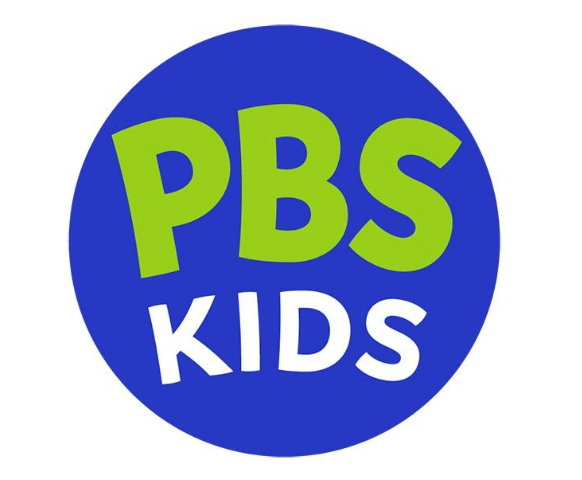FAMILY INCOME, occupation and level of education help determine whether someone buys a computer for home use, but culturally that’s not the whole story for Hispanic families.
The fastest growing demographic group in the United States, Hispanics are about 10% less likely to buy computers for home use than the general population for a variety of reasons, including a feeling that computers promote anti-social behavior.
Recent research findings compiled by the Claremont, CA-based Tomas Rivera Policy Institute indicate that while 90% of Hispanics believe they need computers, many also see definite drawbacks to having one at home.
Thumbs Down
Hispanic women especially feel that using a computer at home is anti-social. Owning a computer is viewed as less important than taking a family vacation, for example.
The widespread availability of pornography was cited as a drawback to computer ownership by two-thirds of Hispanics participating in focus groups. The cost of online access is also a stumbling block.
While the presence of children in a household is a strong motivator for computer purchasers, 22% of Hispanics reportedly don’t like to see their kids playing computer games.
Nevertheless, heads of Hispanic families with children appear the most likely to be planning to buy a computer over the course of the next year.
The most common perceived benefits of computer ownership among Hispanics are time savings and convenience, access to information, enhancement of job skills, personal budgeting and online banking.
– Retail, online and mail order sales of computer hardware and peripherals grew 12.7% to anestimated $36.5 billion in 1999. PC video camera sales increased 56.5% as the average price declined to about $90, which helped make this the fastest growing product category.
– The average price paid for a Windows PC in January was $873. Compaq and Hewlett-Packard manufactured about 60% of all personal computers sold in the United States. Apple and eMachines accounted for some 30%.
– Notebook and handheld computer sales rose 26.5% in 1999. More than 2.7 million notebooks and laptops were sold in 1998. A market research study conducted by Frost & Sullivan of San Jose, CA projects mobile computer sales will top $99 billion by 2003.
– Personal computers represent the largest computer hardware category. Sales were more than two times those for workstations in 1998. About five times more personal computers than notebooks were sold in 1998.
– Most computer purchases are made at retail stores, but about 25% of computer customers buy by mail. Information technology professionals are the most likely to order computers online.
– Computer accessories typically generate 30% to 50% gross profit, compared with 5% to 10% gross profit for personal computer hardware. Carrying cases are among the most frequently sold accessories.
Sources: PC Data, Reston, VA; U.S. Department of Commerce, Washington



